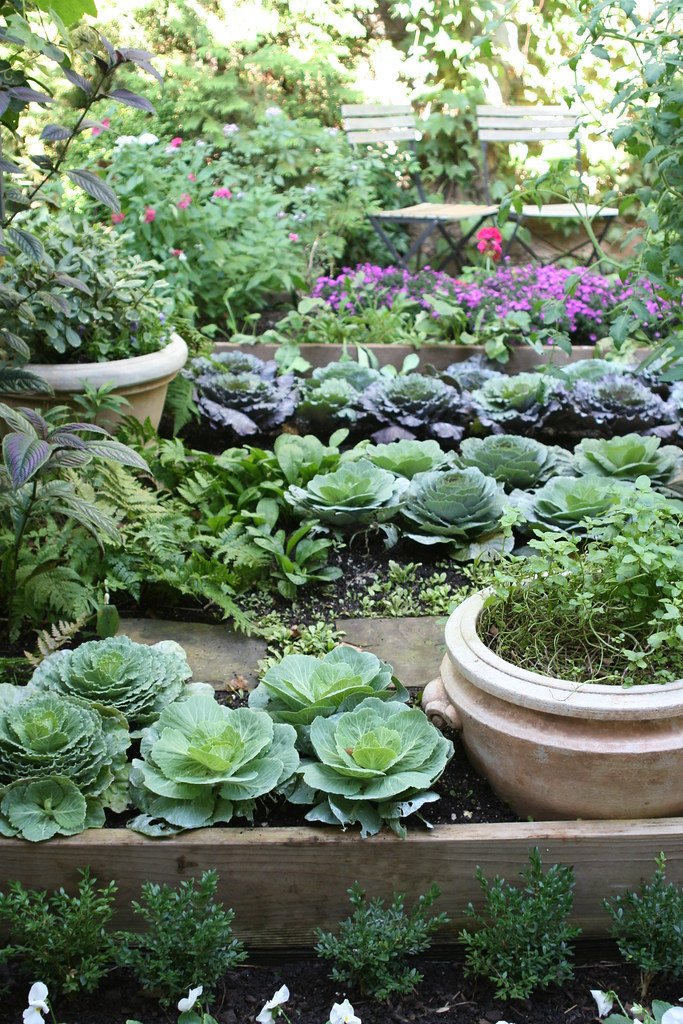A kitchen garden can completely transform a backyard into a stunning oasis, while also providing fresh fruits, vegetables, and herbs for cooking all year round. Whether it's creating a small herb garden or a large vegetable garden, many design ideas can make it a dreamy and functional outdoor space.
Before you begin planning your kitchen garden, evaluate your space and determine how much sun or shade it receives. You will also need to identify the type of soil in your backyard and if it needs improvement. Once you have this information, you can start planning your garden.
Choosing the right plants for your garden is important to ensure that they will thrive in the environment you have created. Depending on the size of your garden, it's best to incorporate a mix of fruit, vegetable, and herb plants, as well as flowers to encourage pollination.
When it comes to the layout of your garden, it's important to make sure there is enough space between each plant. Consider grouping plants of similar heights and sizes together to ensure they receive the right amount of sunlight and water. Additionally, work on creating raised garden beds to help control pest issues and drainage problems.
Adding garden structures such as arbors, pergolas, and trellises can give your backyard an added aesthetic appeal, as well as providing support for climbing plants. A garden gate can add a sense of privacy and also serve as a welcoming entrance to your garden.
If you have enough space, adding garden paths can create a sense of wonder, providing visitors with glimpses of the beauty and functionality of your garden space. Layout garden paths in curves as it gives the space a more natural and organic feel.
Incorporating garden decor such as water features, bird feeders, and fountains can make your garden a serene escape from daily life. Statues, lanterns, and colorful planters can add a sense of whimsy and charm to your garden.

Some of the easiest and most productive fruits and vegetables to plant are lettuce, tomatoes, herbs, strawberries, cucumbers, zucchini, beans, and peppers. These plants can thrive in various growing seasons and spaces, making them a perfect choice for beginners.
Yes, compost and fertilizer can provide the necessary nutrients that plants need to thrive. Compost is a better option for providing a balanced variety of nutrients, while fertilizer often provides only one or two essential nutrients. It's best to use a combination of both throughout the garden.
It's best to use natural pest control methods such as companion planting, crop rotation, and using organic pesticides such as neem oil or insecticidal soap. You can also use physical barriers such as mesh netting to keep pests away.
Watering in the morning is best because it allows the plants to have enough moisture throughout the day. Watering deeply twice a week is recommended (unless during a drought), instead of giving them a small amount of water every day. Avoid getting the leaves wet as it could cause unwanted diseases.
In conclusion, a kitchen garden is an excellent way to create an oasis in your backyard while providing fresh produce to your kitchen. With careful planning and a bit of creativity, you can create a stunning garden that is both functional and beautiful.

Immerse yourself in architecture’s most boundary-pushing ideas—where innovative home improvements meet visionary urban developments. Discover new building techniques, materials, and creative concepts that are redefining how we shape our spaces on a global scale.